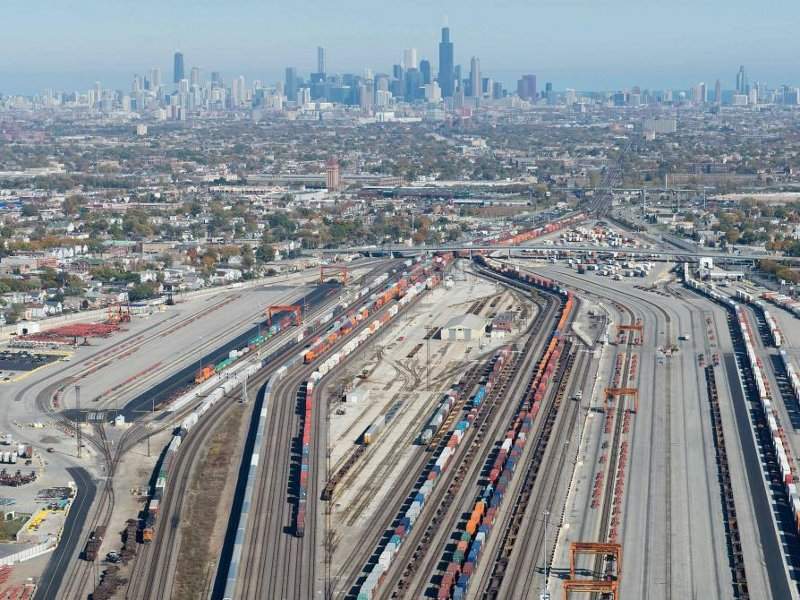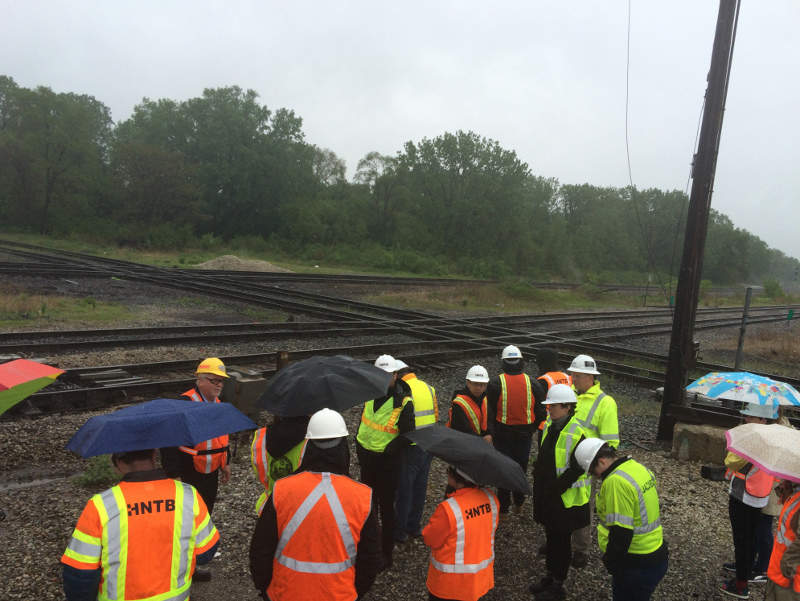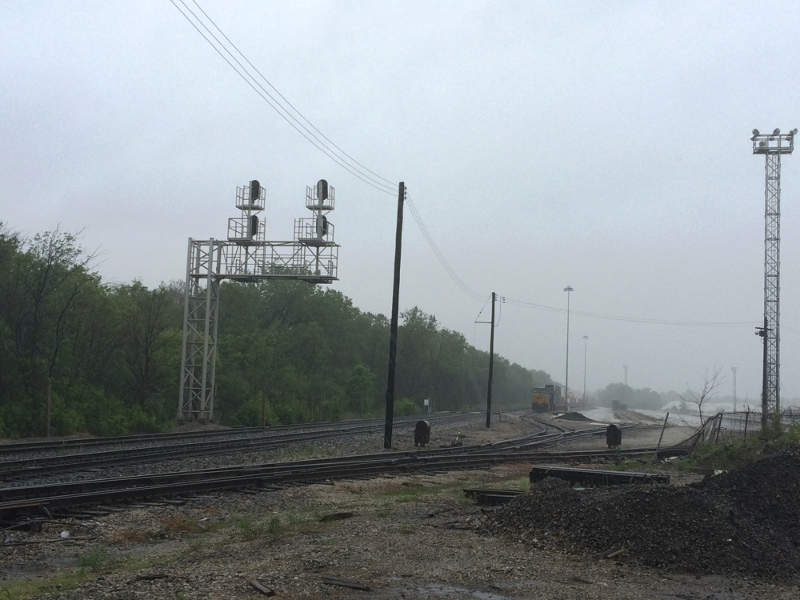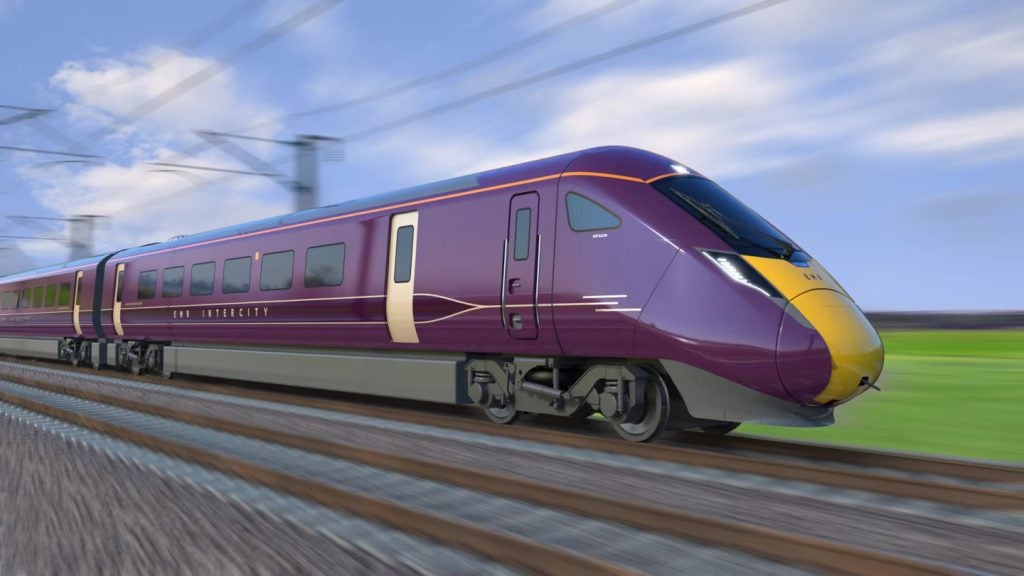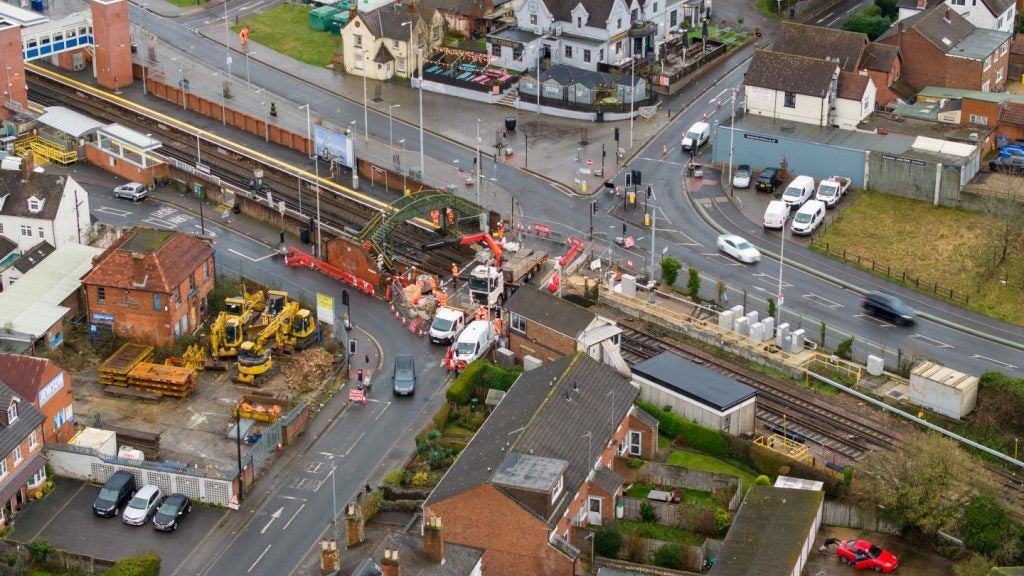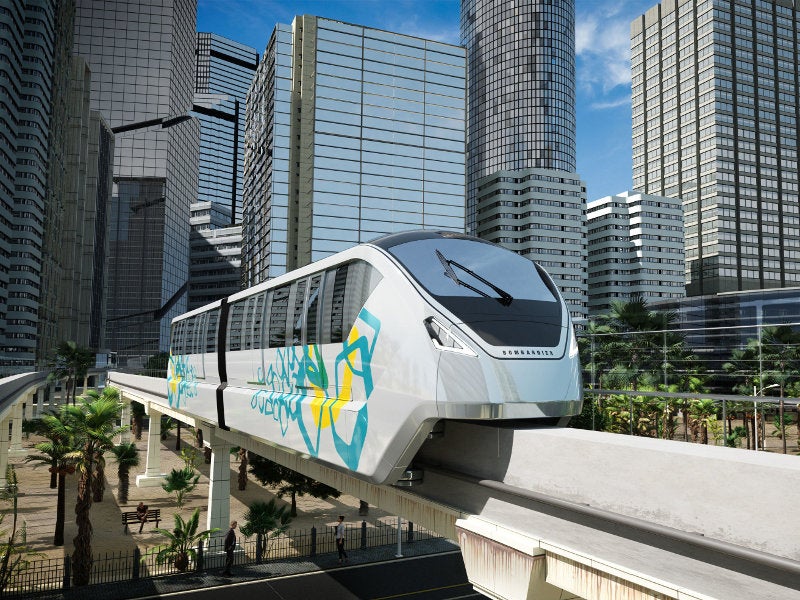The 75th Street Corridor Improvement Project is aimed at enhancing freight and passenger rail service along the rail corridor in the City of Chicago, US.
It is the biggest project in the Chicago Region Environmental and Transportation Efficiency (CREATE) programme, which aims to enhance the rail lines in the neighborhoods of Auburn Gresham, West Chatham, and Englewood.
The improvement project is being carried out by the Illinois Department of Transportation (IDOT) in partnership with the Federal Highway Administration (FHWA), the Chicago Department of Transportation, Cook County Department of Transportation and Highways, and the Association of American Railroads.
The final environmental impact statement and record of decision for the project were approved in September 2014. The ground-breaking ceremony of the project was held in October 2018, with completion scheduled for 2025.
More than $3.8bn in economic benefits is expected to be generated for the city through the $474m improvement project by reducing congestion in the Belt Junction.
Purpose of the 75th Street Corridor Improvement Project
The 75th street rail corridor improvement will address rail and road traffic congestion at Forest Hill Junction, Belt Junction, and 80th Street Junction along the existing corridor, which serves 98 freight trains and 30 Metra commuter trains a day.
It will reduce rail-to-rail crossing conflicts created by the Metra SWS commuter trains at both Forest Hill Junction and Belt Junction during peak hours. Belt Junction is the most congested rail chokepoint in the region.
Improvements will also eliminate delays due to the highway-rail grade crossings at 71st Street and improve reliability of Metra SWS and Amtrak trains by reducing the rail crossing conflicts at Forest Hill Junction, Belt Junction, 80th Street Junction, and the Chicago and Western Indiana (CWI) line.
75th Street Corridor Improvement Project details
The 75th Street Corridor Improvement Project will mainly involve the construction of two rail flyover structures, including 47.3km of new rail track and 17.3km of relocated track.
It will involve the refurbishment of existing rail bridges at 23 locations, construction of new rail bridge structures at four locations, replacement of rail bridges at three locations, and construction of one highway-rail grade separation.
A new double-track elevated structure will be built at the Forest Hill Junction to carry Western Avenue Corridor (CSX) mainline track over the existing at-grade rail crossing to reduce motor vehicle traffic. The flyover also carries trains over 71st Street, eliminating existing highway-rail grade crossing.
Existing tracks at 80th Street Junction will be realigned to create an NS mainline track from the south-eastern side to Landers Yard and additional tracks to reduce congestion.
A new double-track flyover bridge will be built to connect the Metra SouthWest Service (SWS) line to the Rock Island District (RID) line. Cul-de-sacs will be constructed on both sides of the Union Avenue and a new Metra track will be built along Columbus Avenue through the Wrightwood Station.
A total of 36 existing rail viaducts in the area will be improved to enhance mobility.
Financing for the rail corridor improvements
The US Department of Transportation (USDOT) agreed to provide a $132m grant for the 75th Street Corridor Improvement Project in June 2018 as part of the Department’s Infrastructure for Rebuilding America (INFRA) programme.
The project will receive $111m in funding from the state of Illinois, $78m from Cook County, $28m from Metra and Amtrak, and $9m from the City of Chicago, as well as $116m from the freight railway industry.

